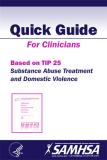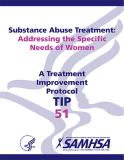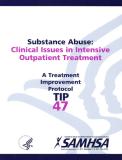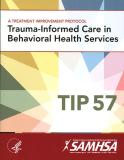
This document presents treatment providers with an introduction to the field of domestic violence. It gives providers useful information on the role of substance abuse in domestic violence. Useful techniques for detecting and eliciting such information are supplied, along with ways to modify treatment to ensure victims' safety and to stop the cycle of violence in both parties' lives.
Units per Product
Download
TIP 25
File Type: PDF
File Size: 2.58 MB






